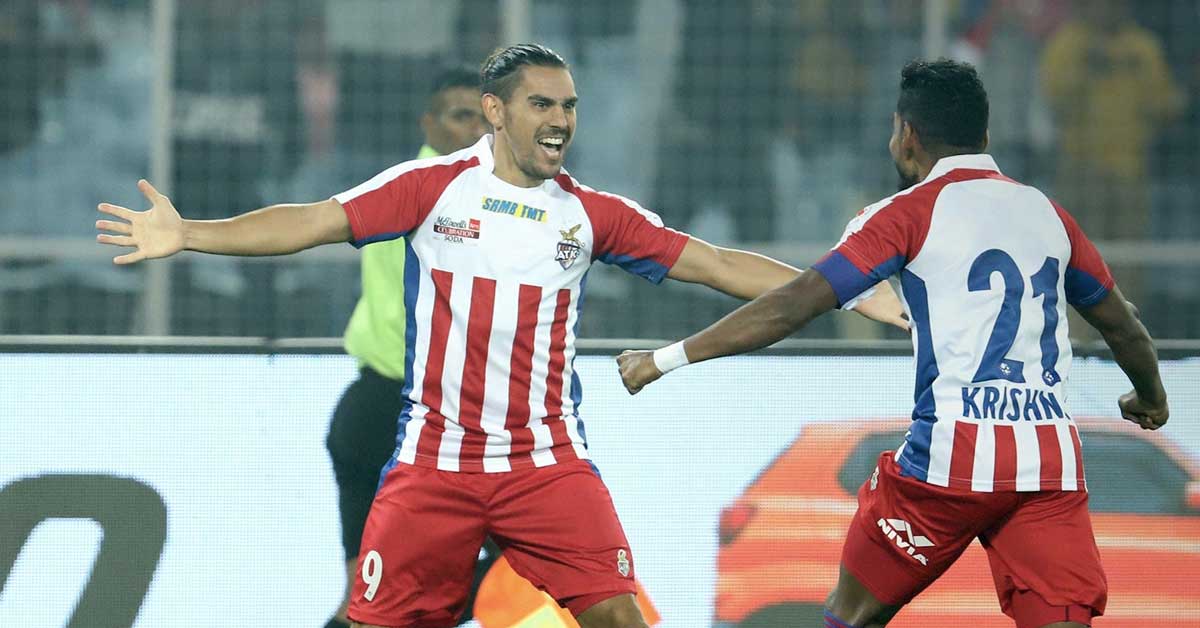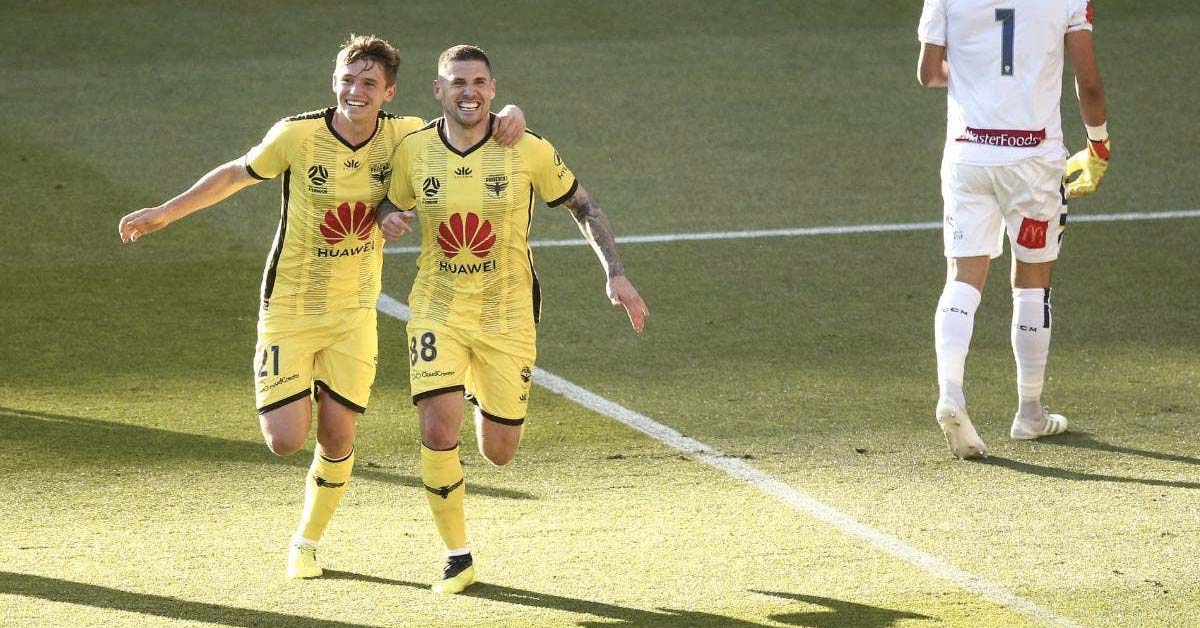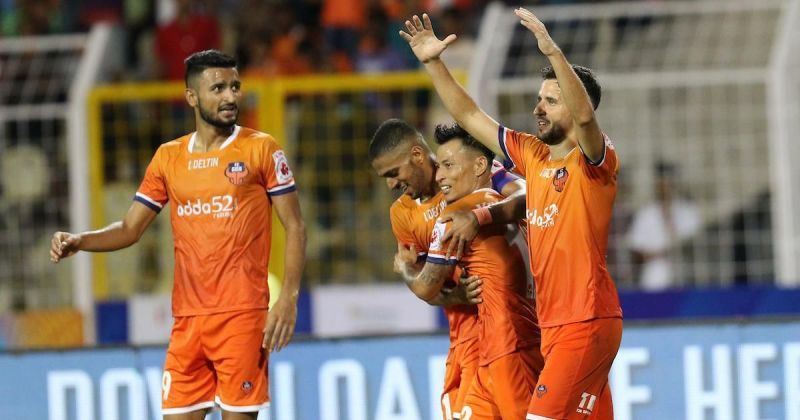Featured
How ISL is giving its East Asian and Australian counterparts a run for their money

After a promising breakout season and quite a few mixed bags thereafter, the Indian Super League (ISL) is finally living up to its billing as one of the premier footballing destinations in Asia in terms of player wages. Some would even argue that it has overtaken Australia’s A-League, once hailed as the Asian benchmark, when it comes to player remuneration, pointing towards a slew of recent signings who stand to earn significantly more in monthly wages.
With the post-Covid economy as it is and its main broadcasters Fox Sports reducing its annual funding of the league, clubs Down Under have been forced to ask players to take pay cuts, something which has also contributed towards players looking for newer pastures.
Indeed, players like Roy Krishna, David Williams, Adam Le Fondre, Gary Hooper and so on have all made the northward journey recently and ISL clubs seem to be increasingly confident of getting better and younger players even if they have to loosen their purse strings a little more than usual.
 Ex- A-League star Gary Hooper (R) is set to move to ISL (Source: Getty Images)
Ex- A-League star Gary Hooper (R) is set to move to ISL (Source: Getty Images)
Bengaluru FC CEO Mandar Tamhane recently pointed out that discounting the leagues in the Middle Eastern countries, the ISL has all but caught up with the wages offered by leagues in China, Japan, Korea and the likes. He goes on to explain that before the ISL, the foreign players who came to play in India were mostly those who did not have professional backgrounds and played for lowly leagues in non-prominent footballing nations.
Even so, these players would end up earning way more in India over a period of time, especially if they happened to play for the Kolkata or Goa giants. The first few seasons of the ISL followed a similar pattern, what with the concept of marquee players signing up for enormous wages in order to draw attention to the league itself. Mr. Tamhane opines that this did have a positive influence, albeit more so off the pitch than on what happened on it.
In recent seasons however, team owners have realised that the amount that they would invariably end up paying average foreign players who had established themselves in India could be better utilised to scout players who have greater exposure in top divisions. Additionally, they had the leeway of using names like Alessandro Del Piero, Robert Pires, Robbie Keane, Marco Materazzi and others in their pitch to present the ISL as an attractive proposition to these players.
 FC Goa will be the first Indian team to feature in ACL (Source: ISL)
FC Goa will be the first Indian team to feature in ACL (Source: ISL)
Another important factor in this regard has been the restructuring of the ISL and the plans for its expansion over the next five years. With a guaranteed group stage spot in the AFC Champions League up for grabs, even the smaller teams are looking to develop a sustainable model that would help them sign promising foreign players as well as maintain a steady supply of young home-grown talent through their own academies and youth teams.
The gradual increase in quality amongst overseas stars has also forced domestic players to up their game. Owners have realized that with all the teams roping in quality foreign recruits and a fixed maximum number of foreigners allowed in the squad, the main differentiator over the course of a full season would essentially be the performance of the domestic players.
As a result, within just 3 years of its inception, the ISL witnessed an increase of over 100% in domestic players’ salaries compared to its first edition with teams like Kerala Blasters and Bengaluru FC banking heavily on domestic names.
With the ISL set to welcome an 11th team soon and ongoing collaborations with European heavyweights like Borussia Dortmund (Hyderabad FC) and Manchester City (Mumbai City FC), the league is definitely on an upward curve. However, to reach the next level of prominence on the world stage, the ISL needs a dedicated group of owners, like those at Bengaluru FC, who would be in it for the long-term and would not shy away from absorbing initial losses.
Also read: Krishna, Williams have changed the landscape for A-League stars — and India has taken note

